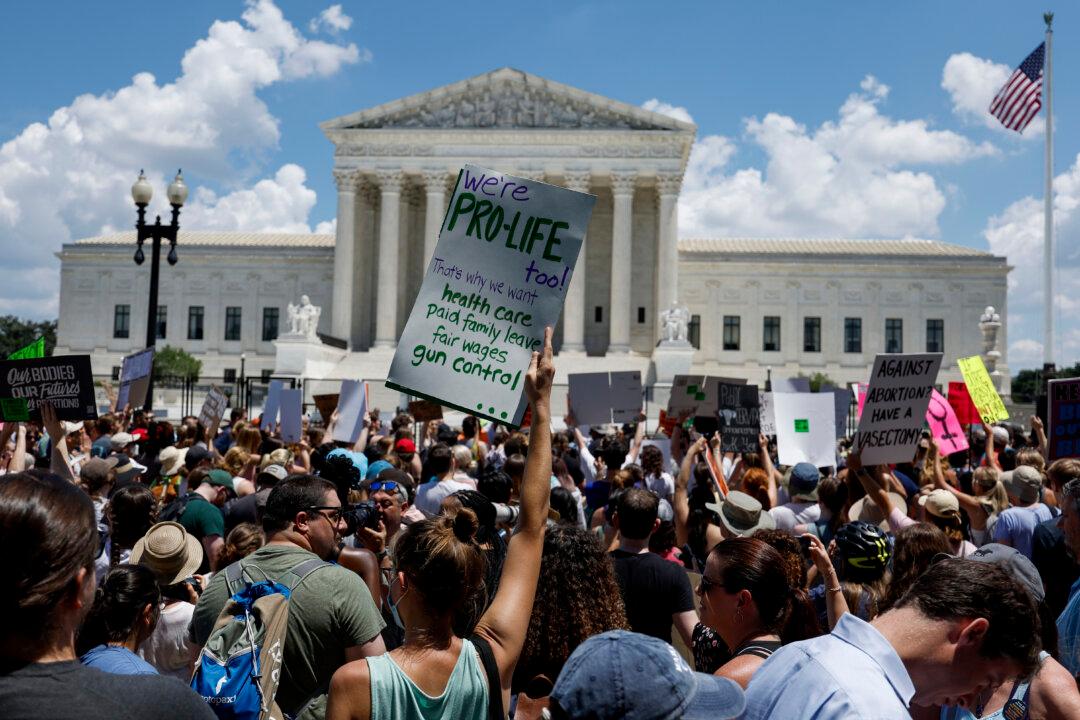A high school outside Chicago, neighboring Northwestern University, is expanding its segregated academic program in an attempt to close the ongoing achievement gap between black, Latino, and white students.
The Evanston Township High School’s (ETHS) “affinity” program allows Black and Latino students to segregate themselves and be taught by a non-white teacher voluntarily; this, school leaders say, allows students to feel safe and be more willing to take difficult courses.
Currently, this affinity program has about 200 Black and Latino students enrolled in the Advancement Placement (AP) math and writing courses, which Blacks, historically, take about 50 percent less often than white students. ETHS leaders believe the affinity classes will help Black and Latino students feel more supported and safer, allowing them to be more successful.“Our Black students are, for lack of a better word…at the bottom, consistently still. And they are being outperformed consistently,” Monique Parsons, Evanston school board vice president, said at a November board meeting. “It’s not good.”





